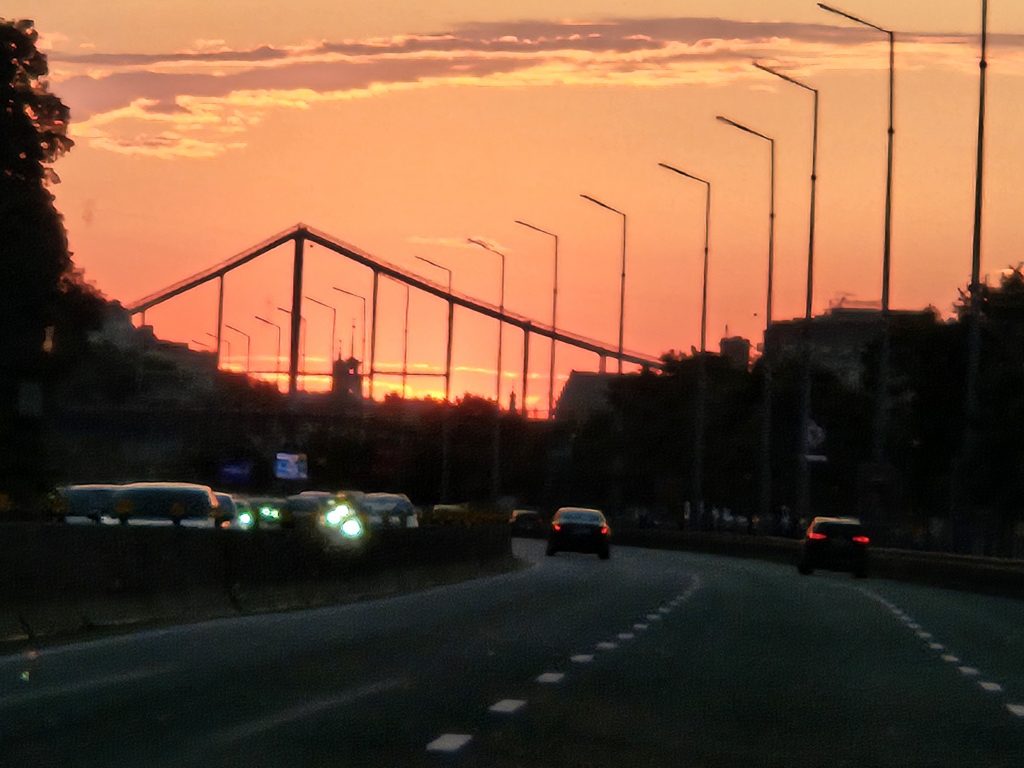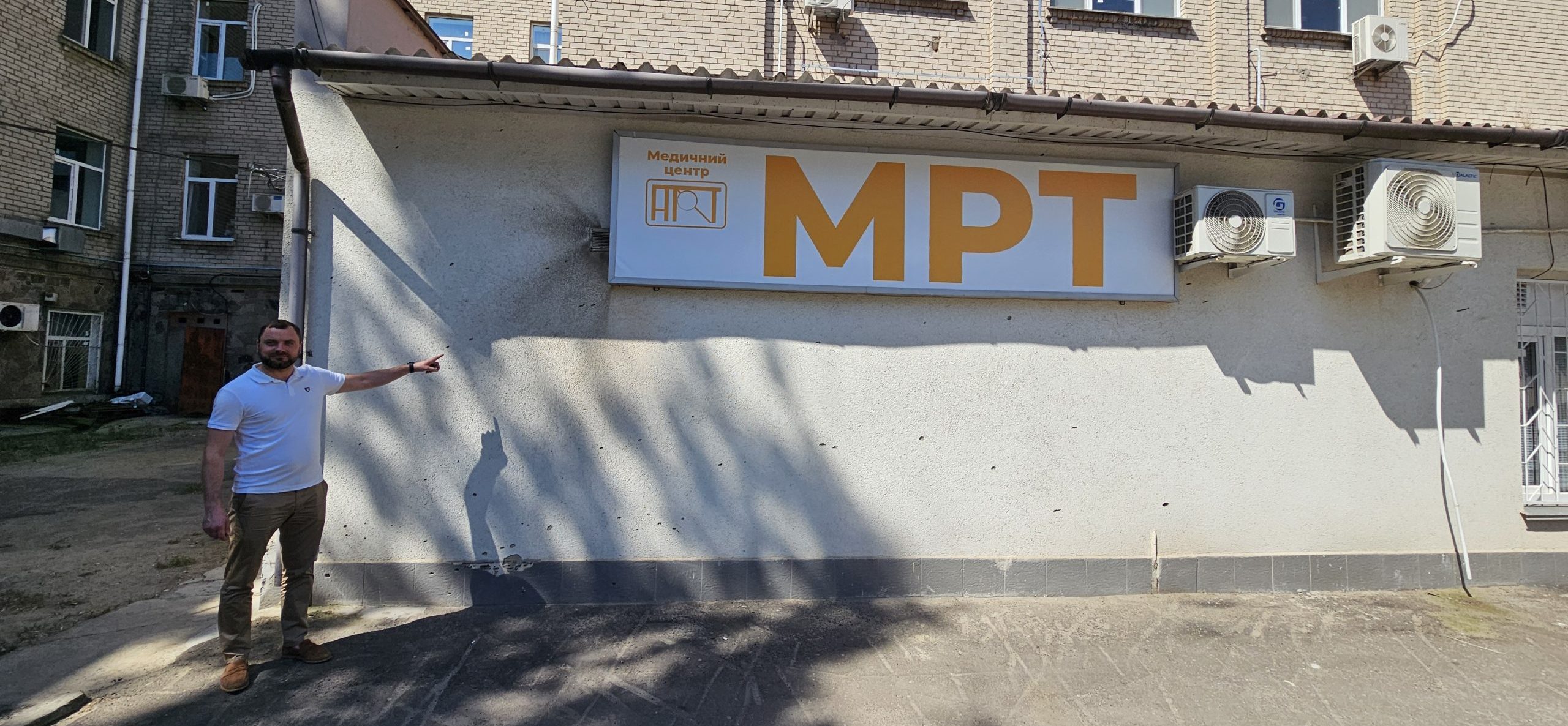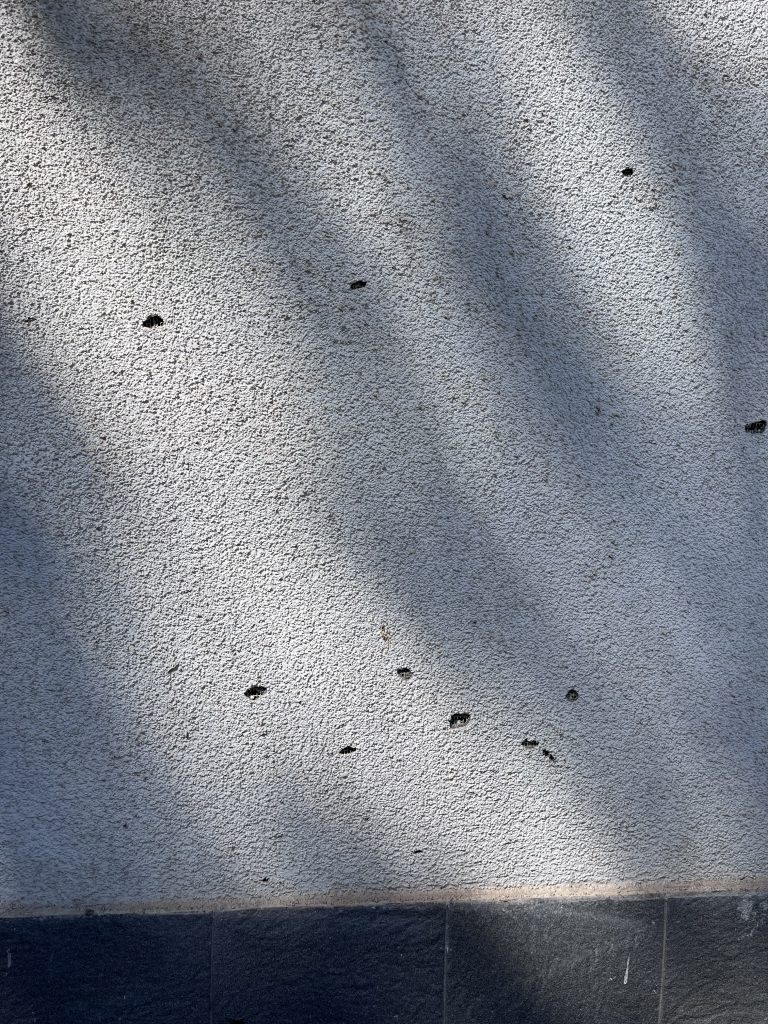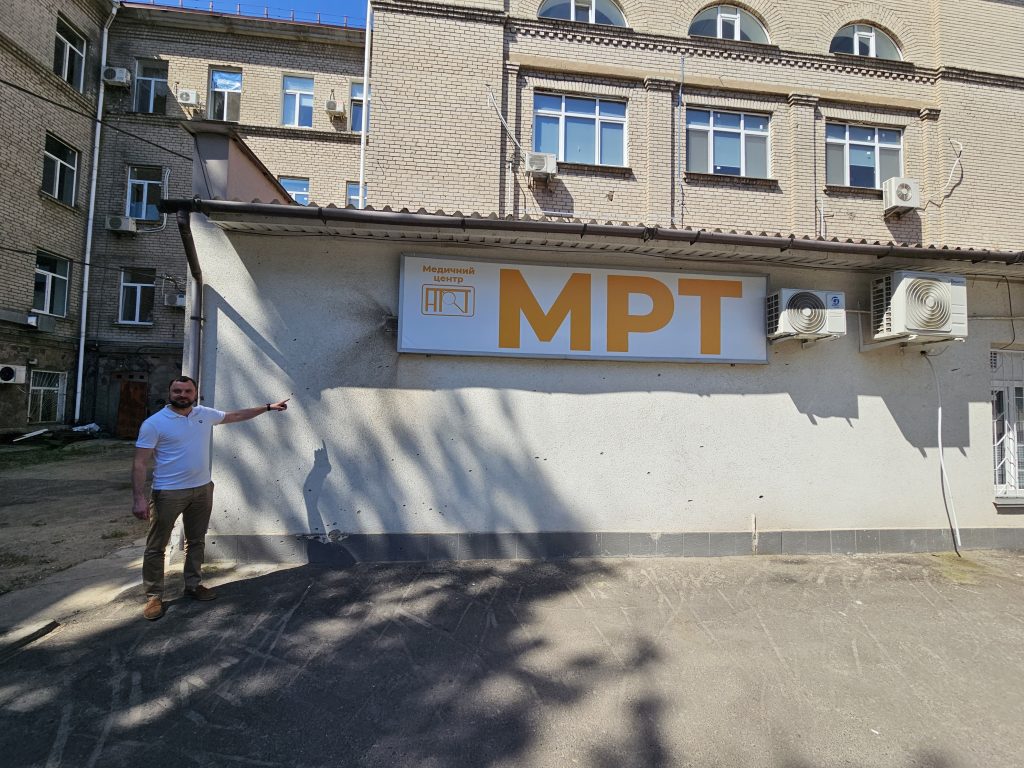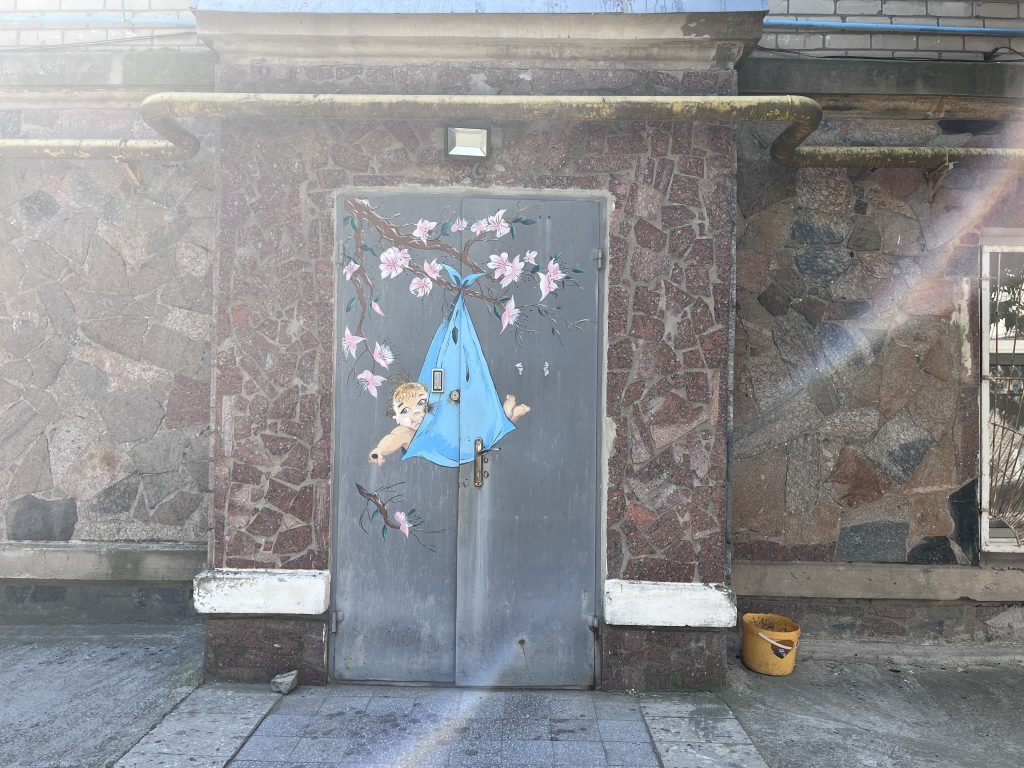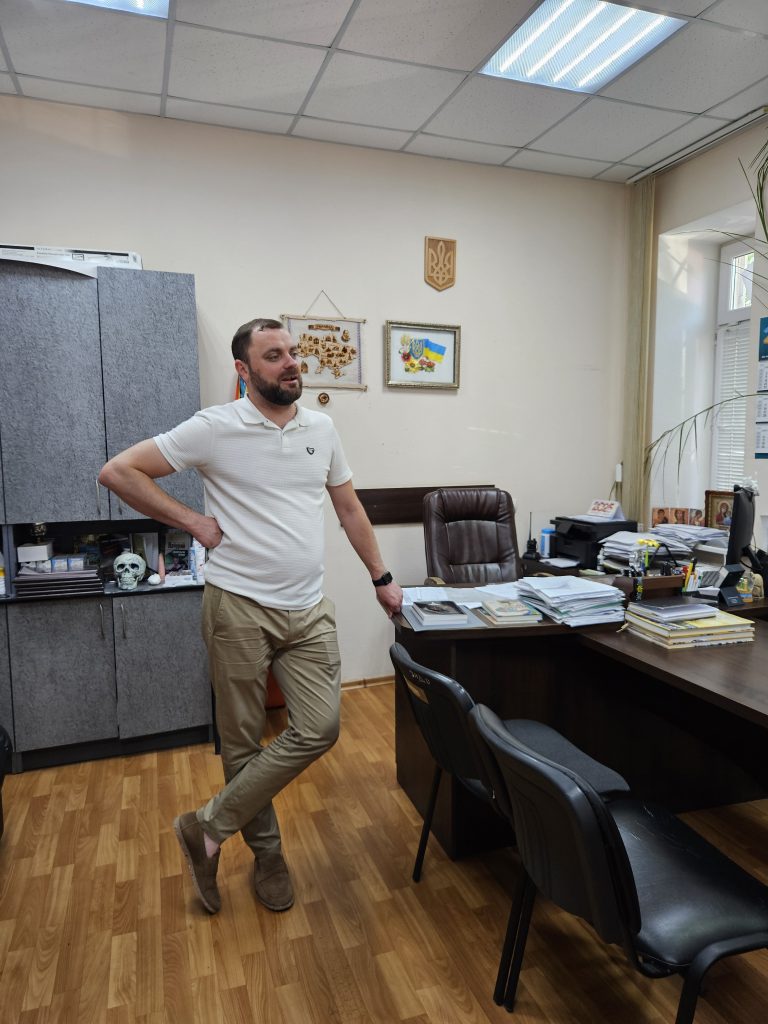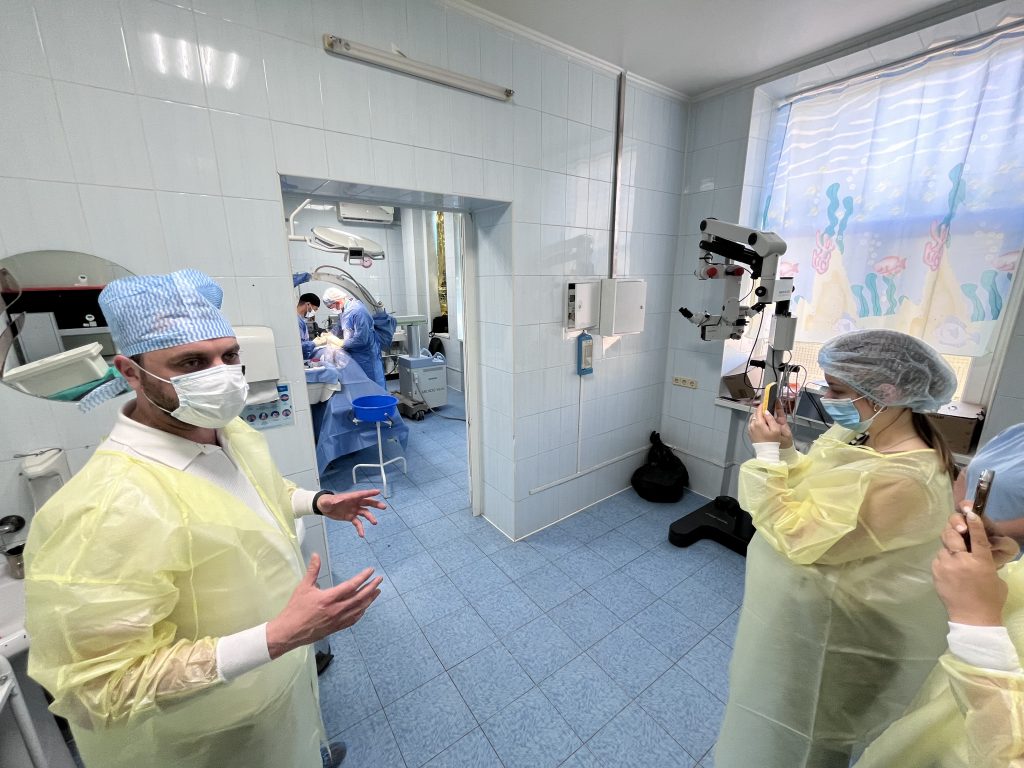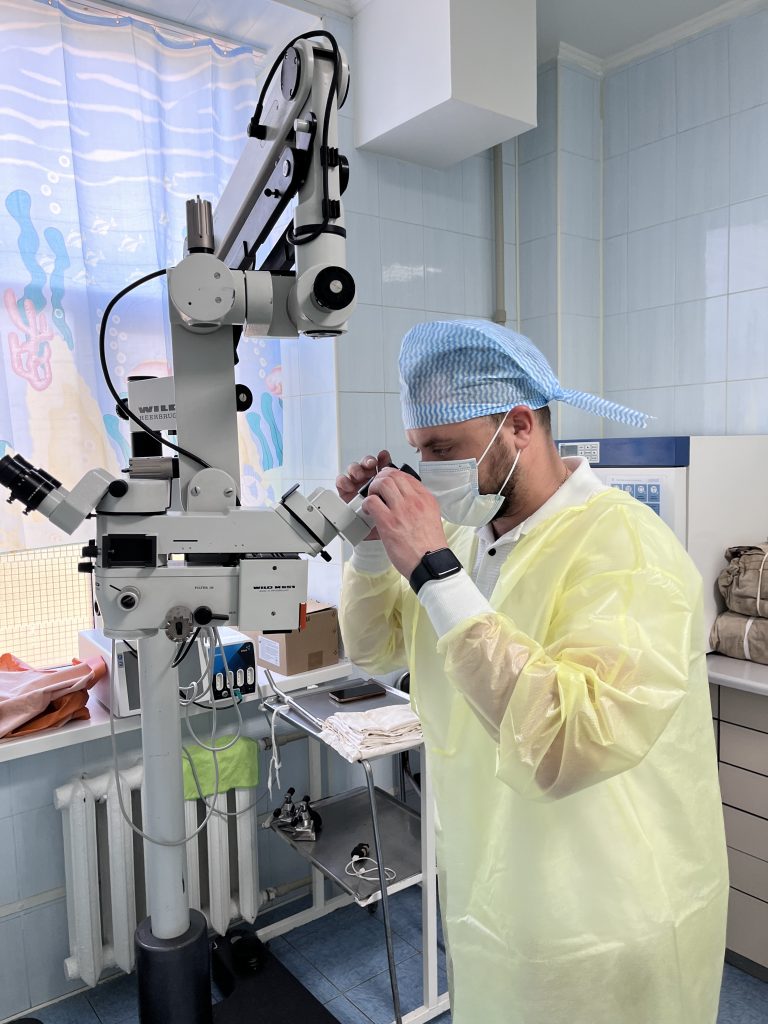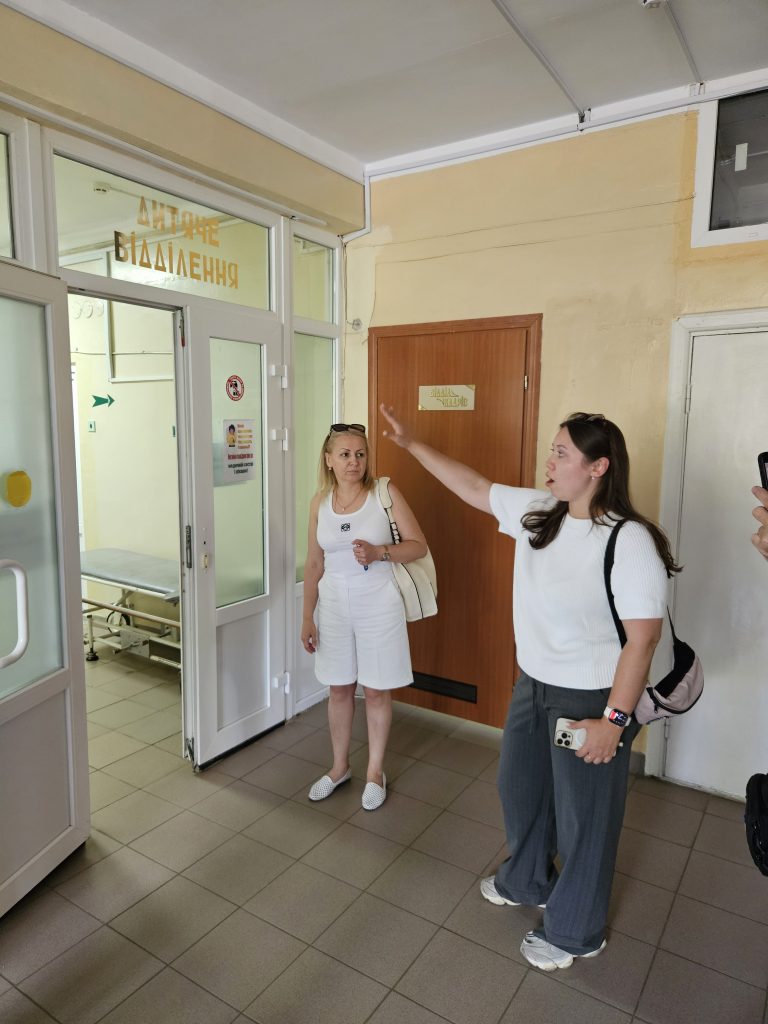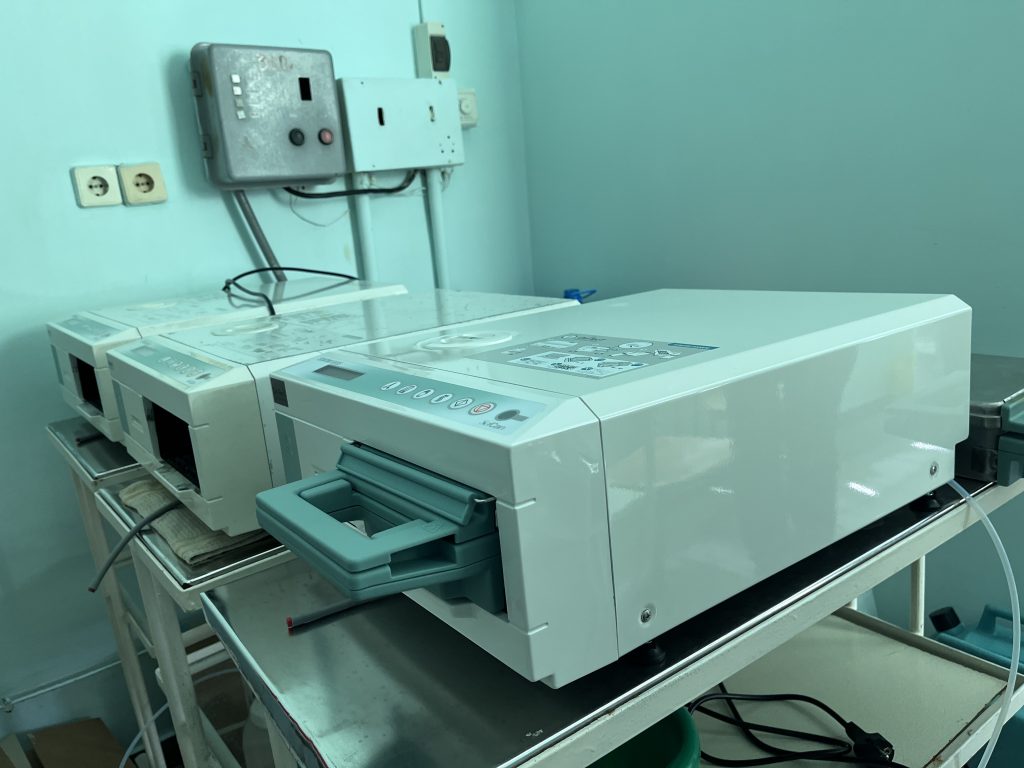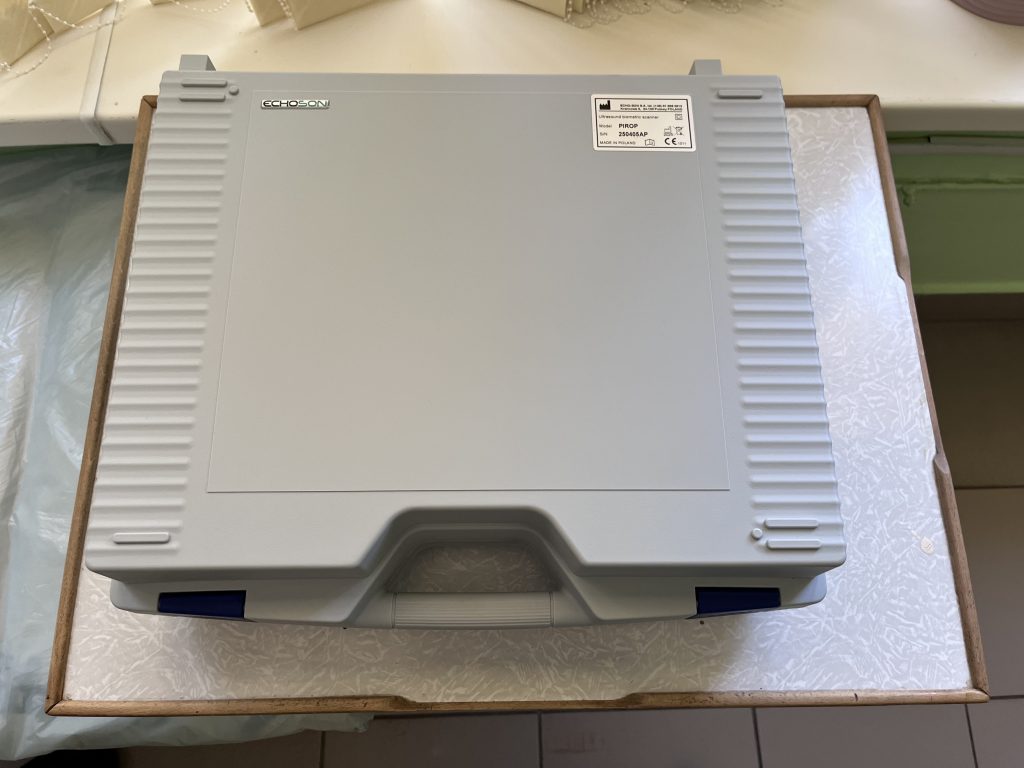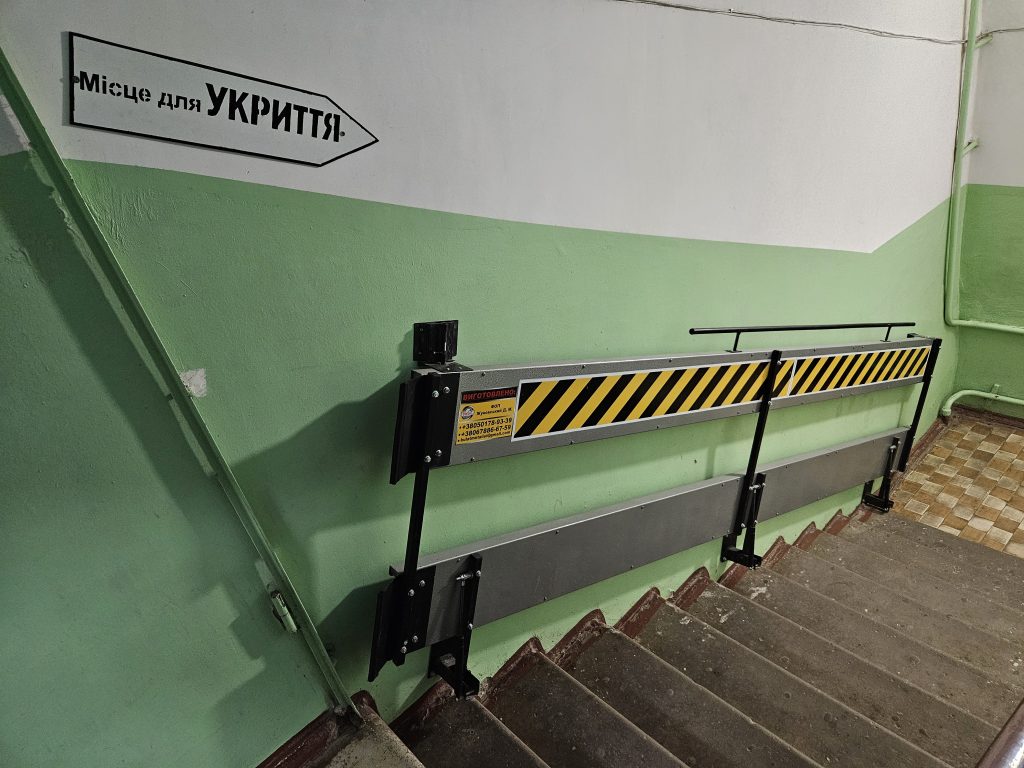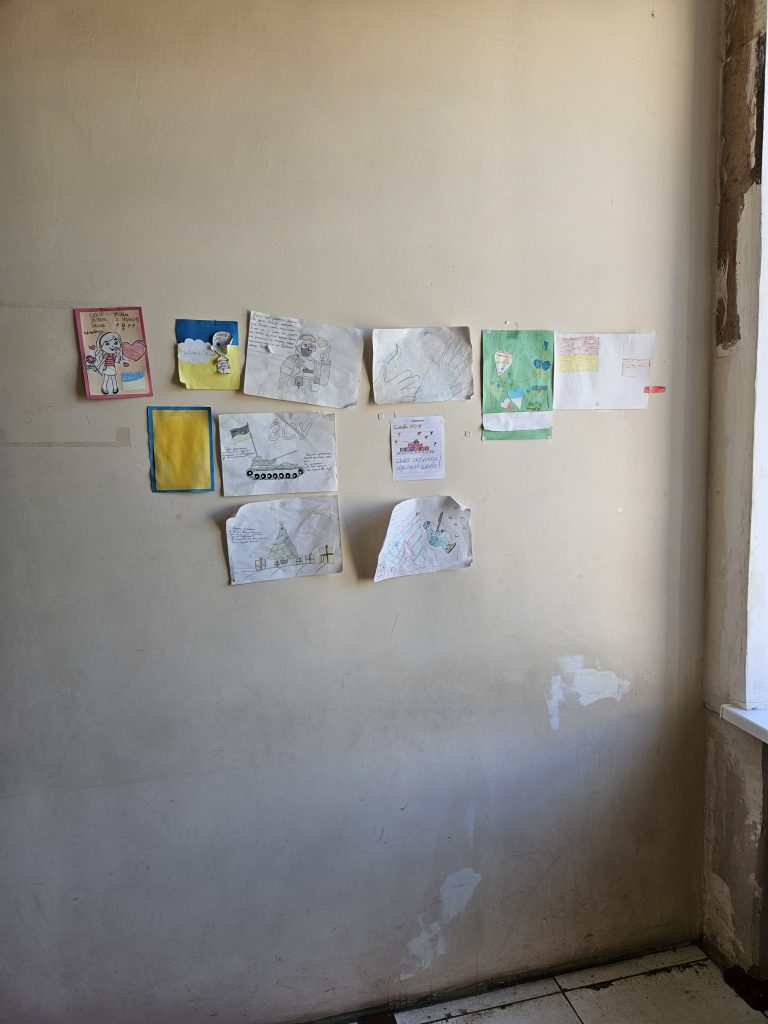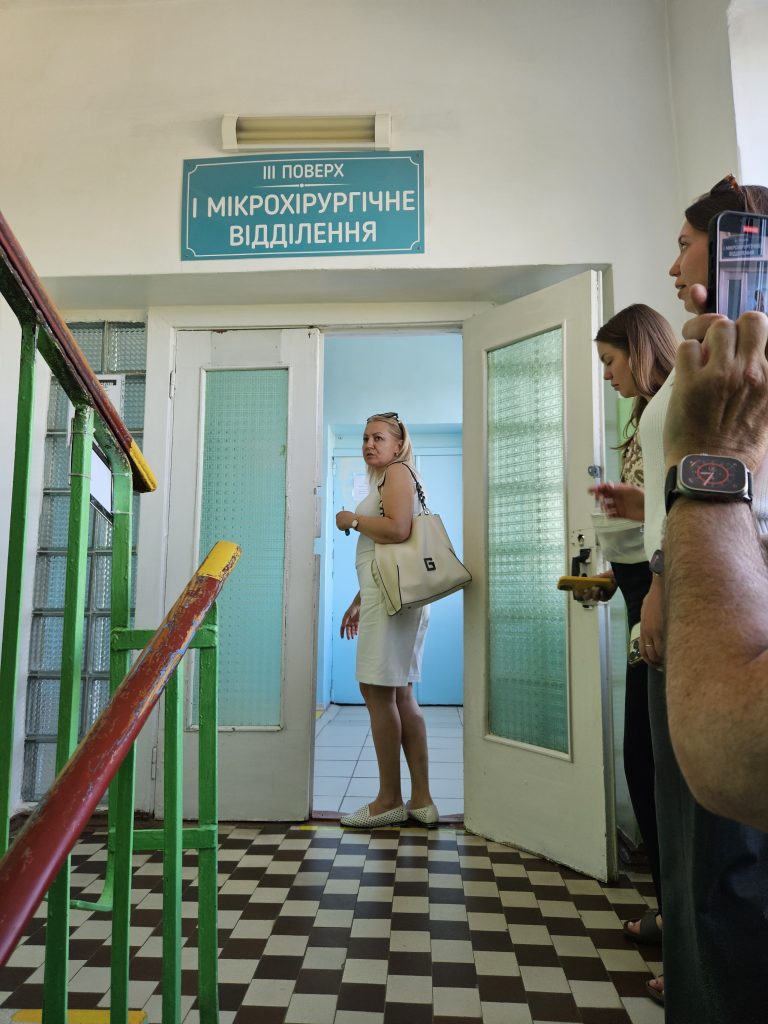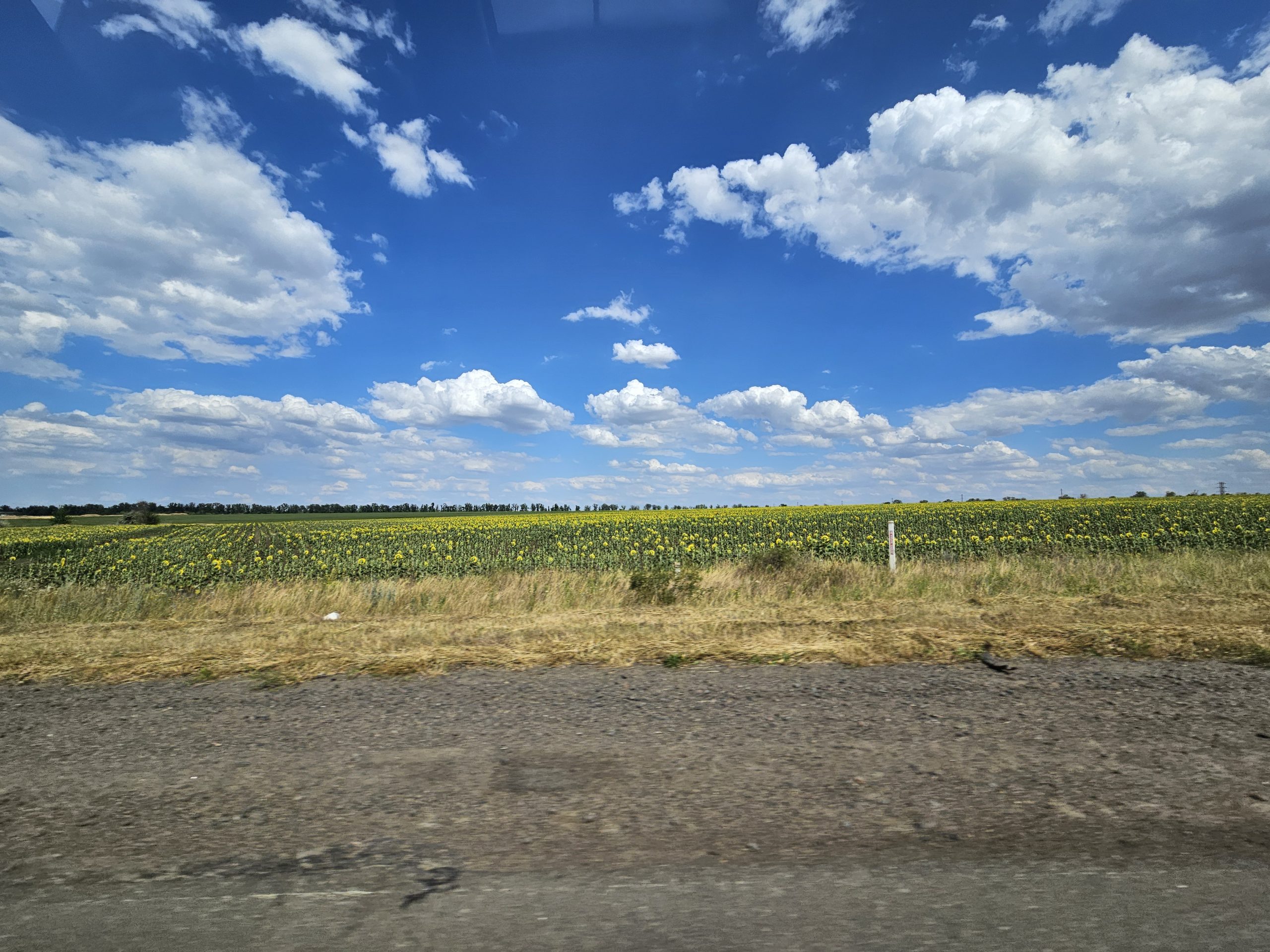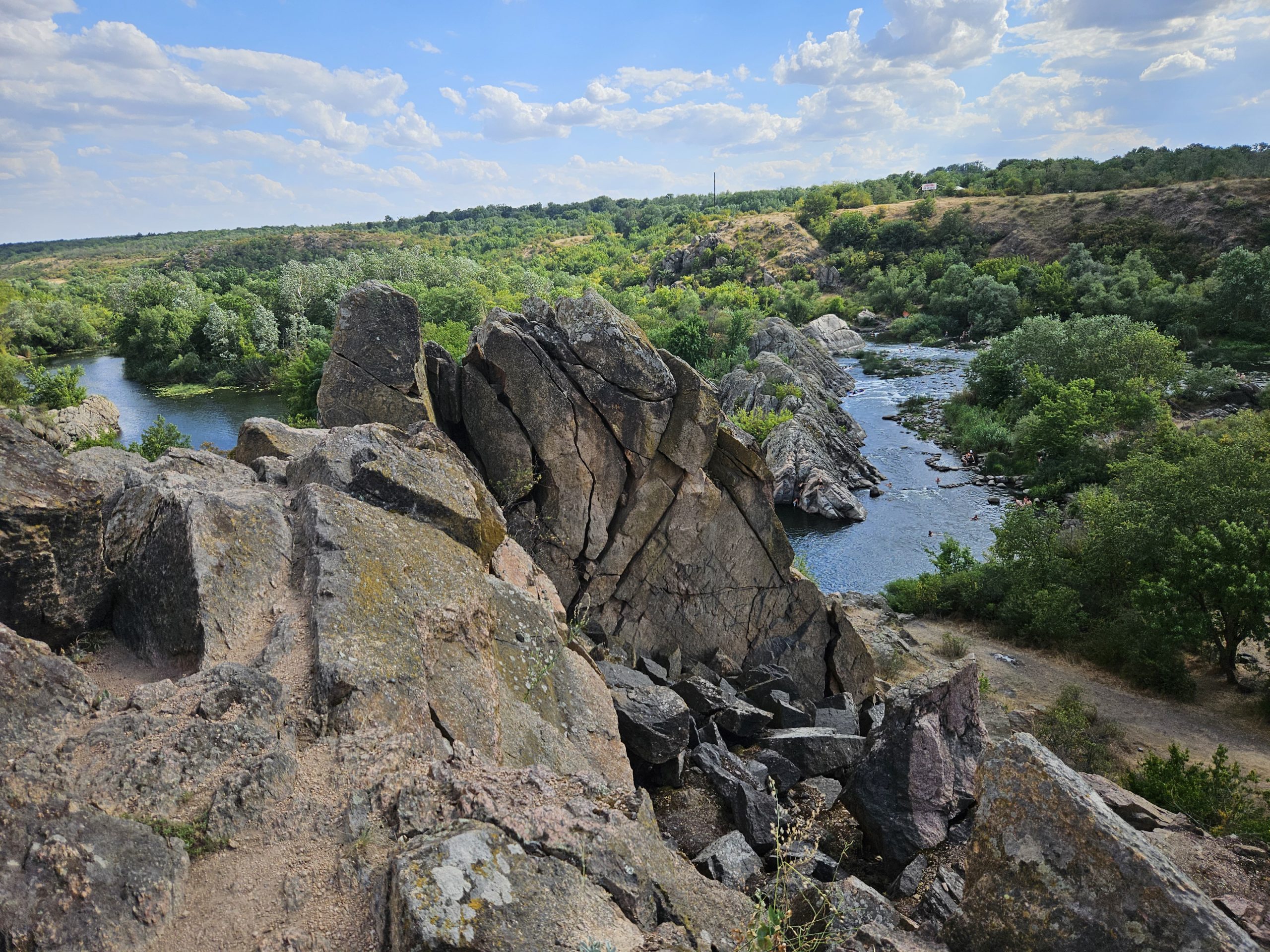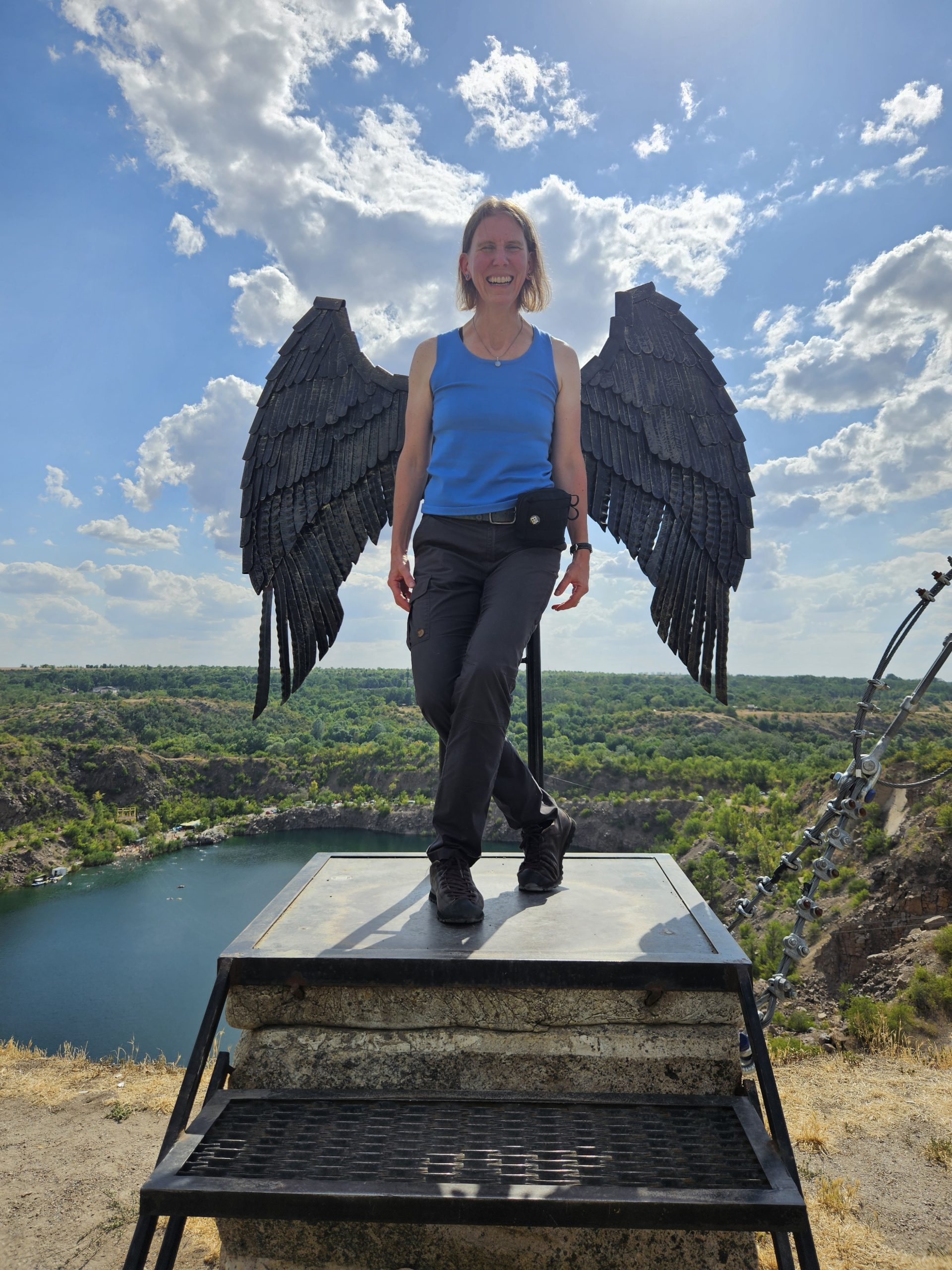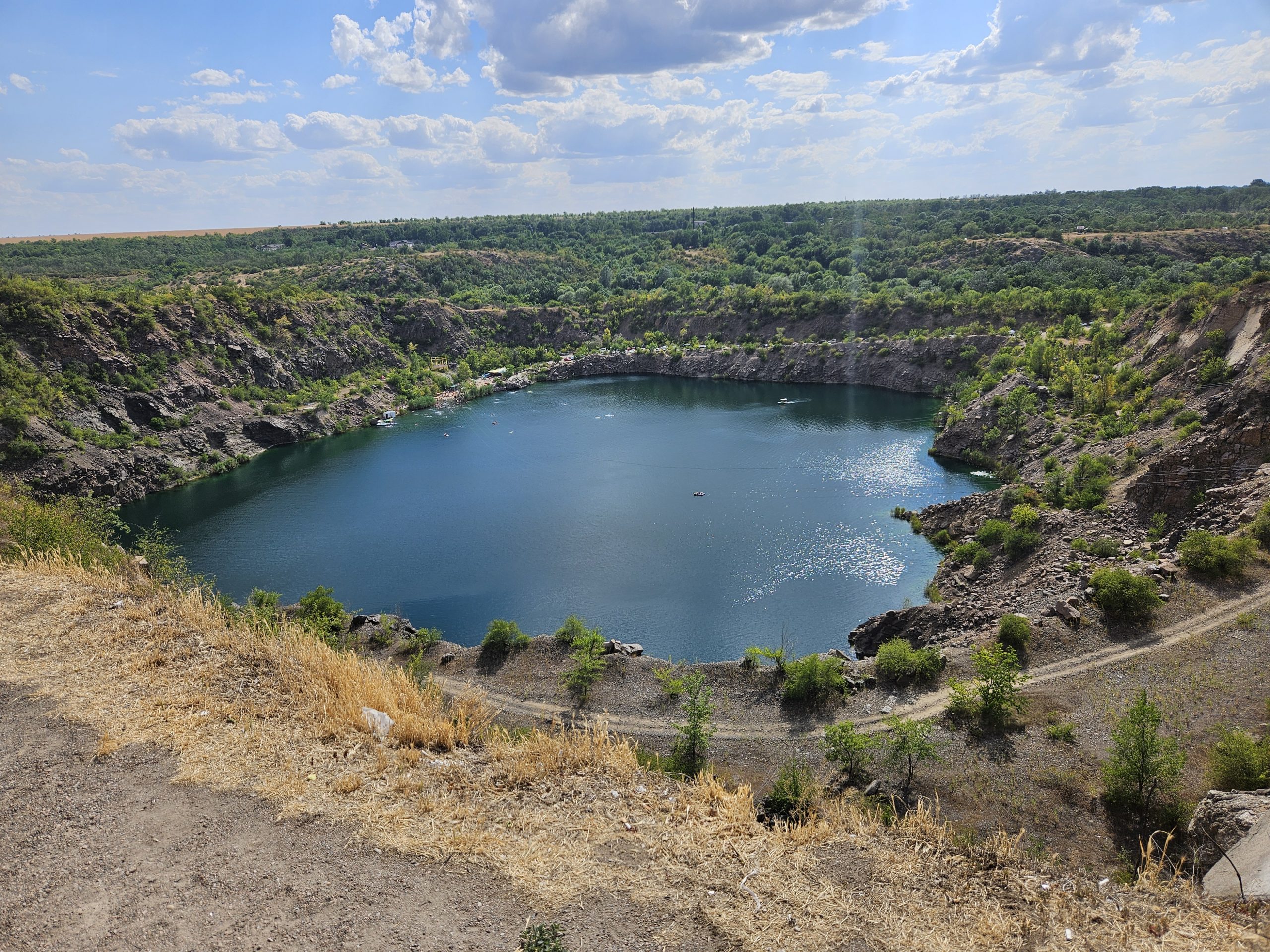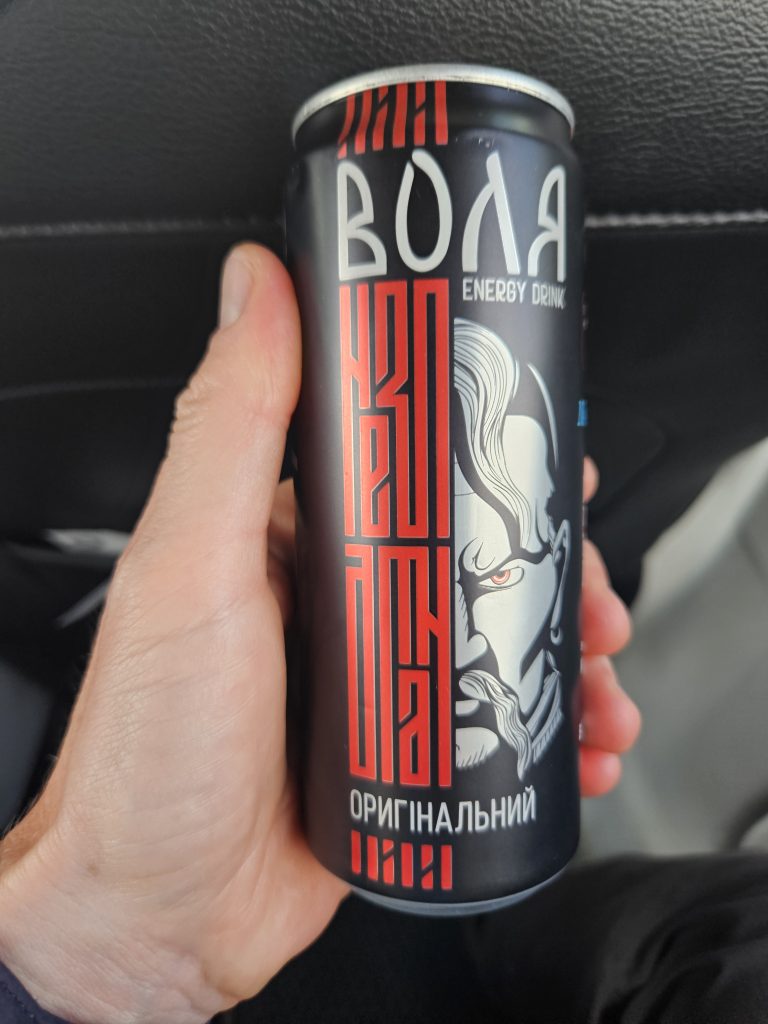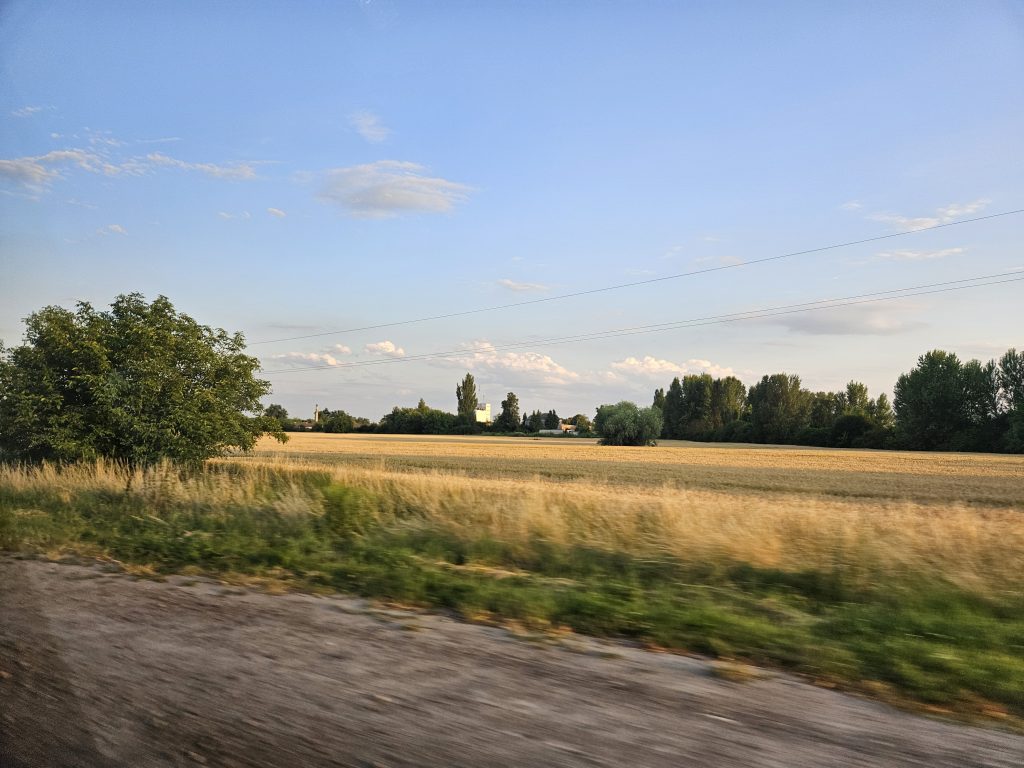On our July 2025 trip, we had unique opportunity to visit the regional hospital in Mykolaiv. The reason for Pickup4Ukraine to visit was to see the medical equipment it purchased for the hospital thanks to the support of the Czuzak Foundation (USA) and with the help of our partner organization “Ukraine’s Frontline Hospitals” in Kyiv.
At the end of 2024, we received a message from Karen Widess that the newly founded Czuzak Foundation was looking for projects in Ukraine to help war victims. Czuzak offered funding only to support civilian purposes, in accordance with their statute. It was also important to Czuzak that the aid directly reached the beneficiaries.
Through our collaboration with Mariia Zivert, we knew that her new organization “Ukraine’s Frontline Hospitals” (UFH) was the right partner. We proposed the collaboration, were able to reach an agreement with Czuzak for funding, and received around USD 24,000 for the purchase of medical equipment for the ophthalmology clinic of the regional hospital in Mykolaiv.
Mariia and Anya from UFH clarified the clinic’s requirements and sought offers. Their approach was to find reliable used equipment in Ukraine. This would allow for significantly cheaper purchases and also avoid customs issues. The complication: Since Pickup4Ukraine was the buyer, suppliers had to be found who could accept payments in euros from Germany. Eventually, Anya from UFH managed with considerable time and effort to find suitable, trustworthy, and willing suppliers.
While we were preparing for our delivery of vehicles in July, Mariia suggested that we visit the hospital together, not only to confirm the successful installation of the equipment but also to get to know the doctors and see their work.
After our main group of arrived on July 11 with a convoy of eight vehicles (see separate report,) the vehicles had been handed over, and the cargo unloaded on July 12, Annette and Michael took the night train to Mykolaiv.
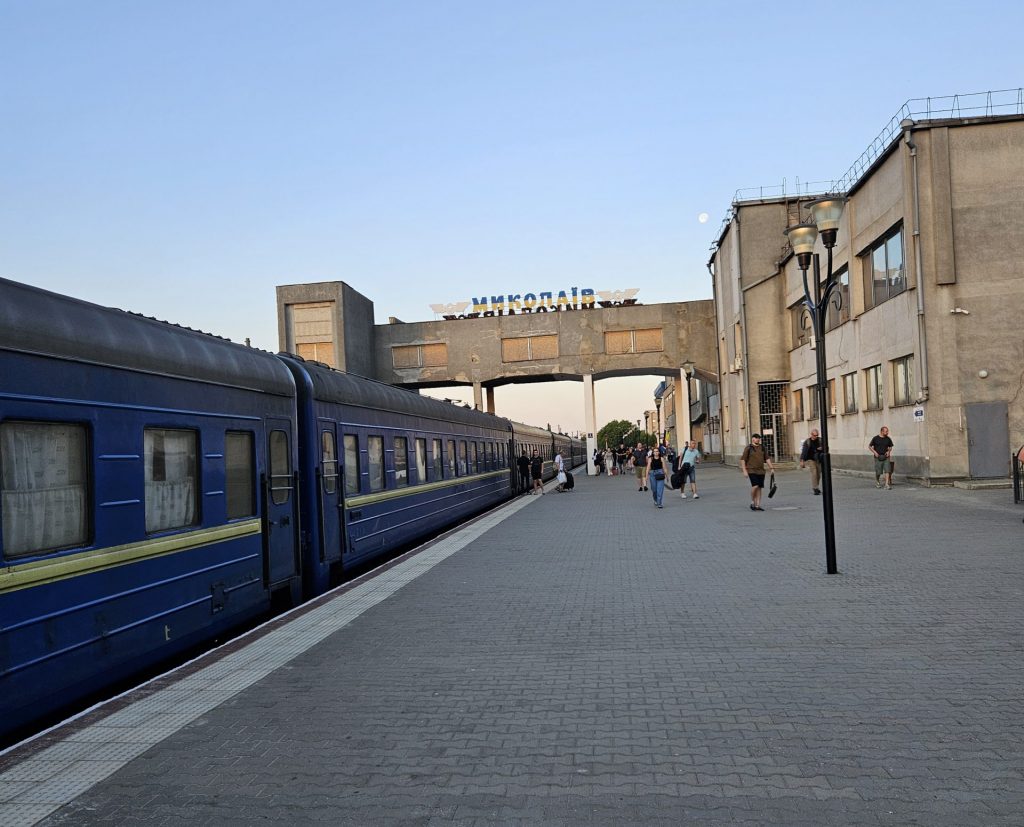
Mariia, who had already driven ahead with a in her car loaded with donated supplies, picked us up at the Mykolaiv train station at 5:30 a.m.
We visited the main complex of the regional hospital in Mykolaiv, where we met the head of surgery, Dr. Dmytro Bachynskyi.
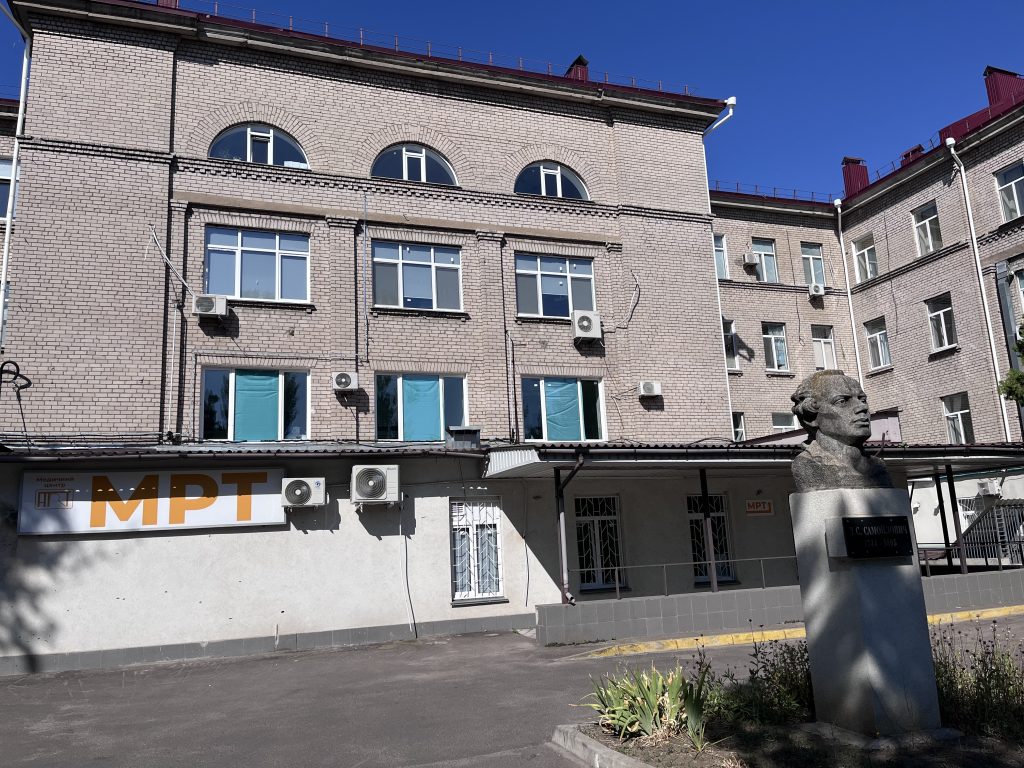
He first showed us damage to the facade of the hospital caused by a Russian cluster bomb. Shrapnel had also hit his car, but, fortunately, he himself was not injured. The impact was directly next to a maternity ward.
He then gave us an overview of the hospital’s extensive operations and took us to the neurosurgery department. Interestingly, the hospital did not even have a neurosurgery department before 2022 and had started from scratch setting up an entirely new one, which including retraining surgeons from other fields to perform these surgeries due to high demand.
Dr. Bachynskyi explained that Mykolaiv had assumed a large part of the caseload of the regional hospital in Kherson, as it was frequently attacked and was no longer safe for many types of treatment. He described how they triage in the emergency room after major attacks or when many wounded are admitted at the same time. He then took us to an ongoing operation on a patient with a severe spinal injury. A surgeon explained that what we saw was the first phase to stabilize the spine. The next step was to perform microsurgery to decompress the spinal nerves using the newly acquired microscope funded by Czuzak. The microscope allows two surgeons to look at the surgical site simultaneously while working together on the patient.
After completing the tour of the main hospital, we went to the ophthalmology and eye surgery center, which had previously been a separate clinic but is now a department of the regional hospital. Dr. Bachynskyi accompanied us and introduced us to the ophthalmologist Dr. Yulia Bachynska, his wife! Dr. Bachynska showed us around the center, including the microsurgery unit, where we saw the newly delivered autoclave, also funded by Czuzak. Dr. Bachynska explained that the autoclave, now the third in their department, was an important addition as the large number of surgeries required a correspondingly large number of sterilized instruments. These valuable devices are heavily used and thus subject to wear and tear, so the ability to distribute sterilization across multiple devices is essential for their work.
Dr. Bachynska then took us to the diagnostic department, where she showed us the ophthalmic Pirop ultrasound scanner funded by Czuzak. She explained that the ultrasound device was essential for assessing injuries when the patients’ eyes could not be examined, for example, due to bleeding.
Annette and Michael were deeply impressed by the doctors and the work they do under difficult circumstances. We confirmed that the contractually agreed equipment had been delivered and met the doctors’ requirements. Finally, the doctors showed us the entrance to the basement of the building: a staircase with the typical sign pointing to the underground shelter. However, in this hospital, a special stair lift ran along the wall, allowing patients who could not make it quickly downstairs to the shelter to be brought down to safety, lying down if necessary. Further up in the staircase people had put up childrens’ drawings on the wall. Probably patients that wanted to say thank you to the hospital and its staff.
On the long way back to Kyiv, we rode with Mariia in her car. The name of the local energy drink is “Volya” (=freedom). We admired the extraordinary landscape north of Mykolaiv: large agricultural areas with grain and sunflowers stretching to the horizon, long hedges to protect against erosion, and, suddenly and unexpectedly, a lake, deep down, with a bathing spot and a flying fox with its metal cable installed across the lake. We saw crags with a deep turquoise canyon beyond. On the banks of the river below, a campsite, people swimming, boats on the water, a small green paradise, to escape the nightly horrors of the Russian air raids, at least for a short time. There was also a somewhat surreal structure with metal wings in front of which one could be photographed. We knew it from the profile picture of a Ukrainian refugee here in Germany. We photographed each other and sent her the pictures.
We arrived back in Kyiv late in the evening.
